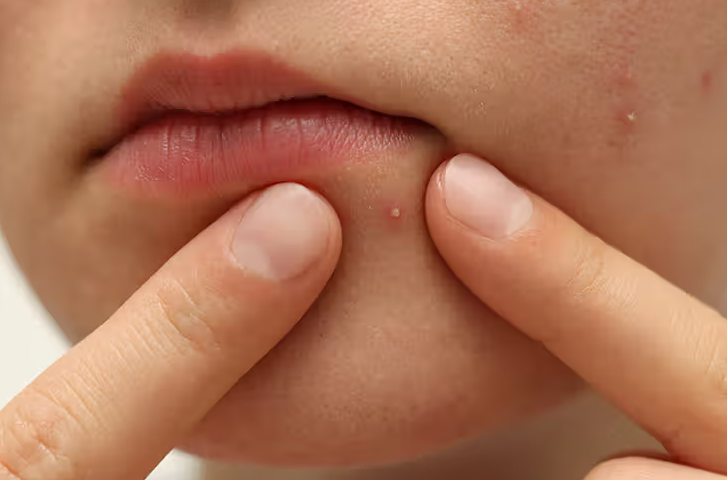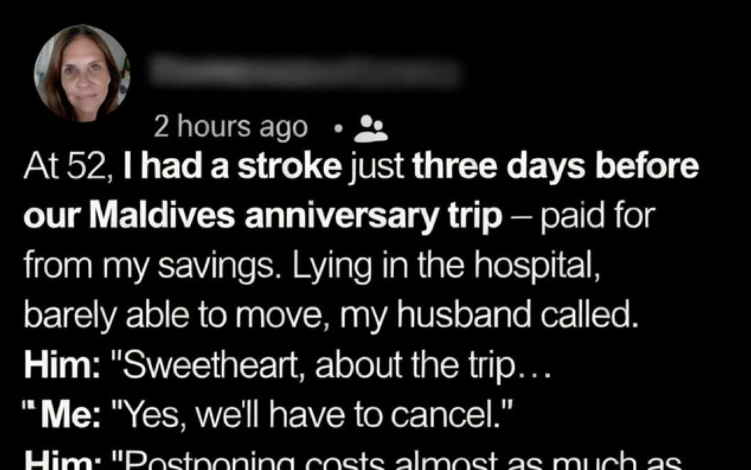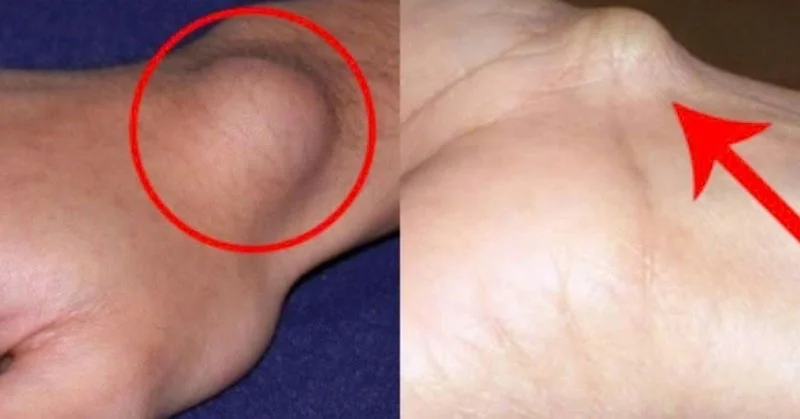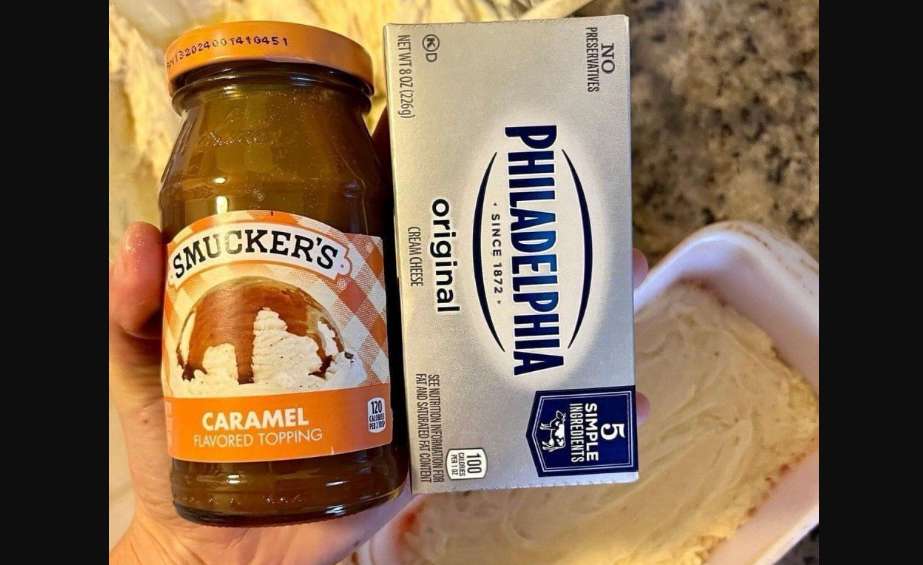Pimples appearing on the scalp can often be more than a simple nuisance. They may indicate underlying skin issues or hygiene practices that require careful attention.
Folliculitis ranks among the primary causes. This condition develops when hair follicles experience inflammation, often triggered by bacteria, excessive sweat, or clogged pores. These pimples may cause itching, discomfort, or even pus-filled bumps.
Scalp acne mirrors the acne found on the face. It can stem from overactive oil glands, residue from hair products, or inadequate cleansing routines. These breakouts commonly emerge along the hairline or at the top of the head.
Seborrheic dermatitis sometimes mimics the appearance of pimples. This ongoing condition leads to red, flaky patches that can be mistaken for acne. It often relates to yeast activity on the skin and may need specialized shampoos for effective management.
Cysts and boils can also form on the scalp. These deeper, often more painful growths may arise from infections or blocked sebaceous glands. Persistent or enlarging cysts warrant a visit to a healthcare professional for evaluation.
Fungal infections, like ringworm of the scalp (tinea capitis), may produce itchy, inflamed bumps or patchy hair loss. Addressing this condition typically requires antifungal medication.
Allergic reactions to hair care products, such as shampoos, dyes, or styling agents, can provoke scalp irritation and breakouts. If pimples surface after trying a new product, stop using it and seek advice from a dermatologist.
Though occasional scalp pimples are generally benign, recurring or intense outbreaks may call for professional assessment. Maintaining proper scalp hygiene, using gentle hair care products, and steering clear of heavy styling agents can help minimize flare-ups.






